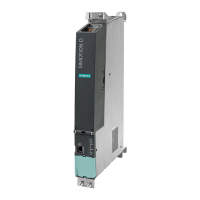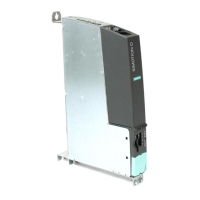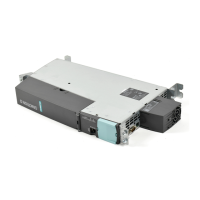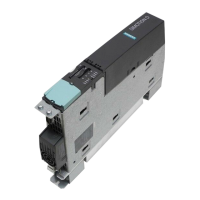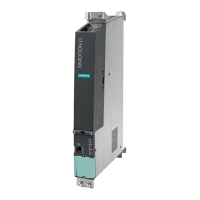Appendices
A.4 Safety of electronic controllers
A.4 Safety of electronic controllers
Introduction
The remarks made here relate to fundamental criteria and apply irrespective of the type of
controller and the manufacturer.
Reliability
The reliability of devices and components is maintained at the highest possible level thanks
to comprehensive and cost-effective measures implemented during the development and
manufacturing processes.
These include
• The selection of high-quality components
• Worst-case dimensioning of all circuits
• Systematic and computerized inspection of all supplied components
• Burning in of all LSI circuits (e.g. processors, memories, etc.)
• Measures to prevent static discharge when handling MOS circuits
• Visual checks during various stages of manufacture
• Continuous heat testing at higher ambient temperatures for several days
• Thorough computerized final inspection
• Statistical analysis of all returned goods so that corrective measures can be initiated
immediately
• Monitoring of the primary controller components using online tests
These measures are considered to be basic measures for safety engineering. They avoid or
control the majority of faults that may occur.
The risk
Special safety standards must be applied to any system - and therefore to the situation as
well - whenever, if a fault occurs, it may cause injury to persons or damage to property.
Special regulations specific to the system apply to such applications. These must be taken
into account for configuration of the controller (e.g. VDE 0116 for furnaces).
For electronic controllers with safety responsibility, the measures required for preventing or
controlling faults depend on the hazard inherent in the plant. In this respect, the basic
measures listed above are no longer adequate once the hazard exceeds a certain potential.
Additional measures (e.g. double redundancy, tests, checksums, etc.) for the controller must
implemented and certified (DIN VDE 0801).
D4xx
Manual, 12.2004, 6AU1900-1AJ32-0BA0
A-3
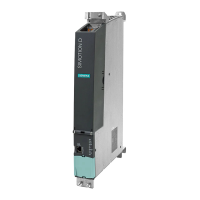
